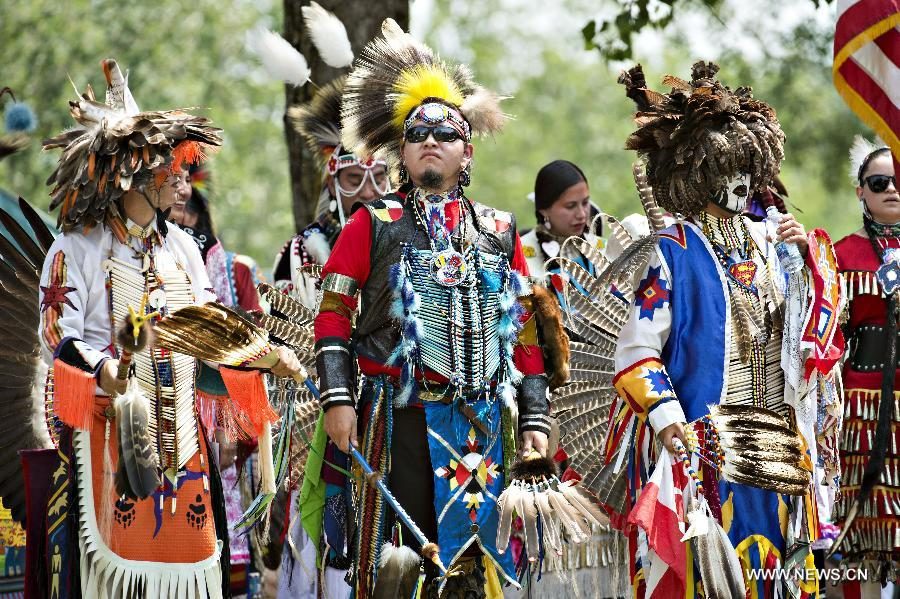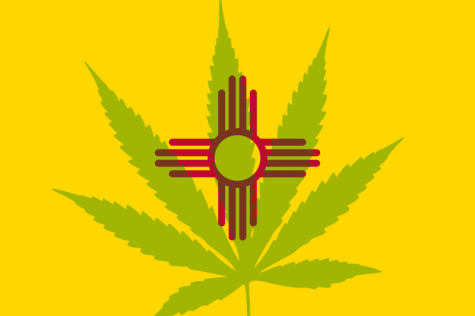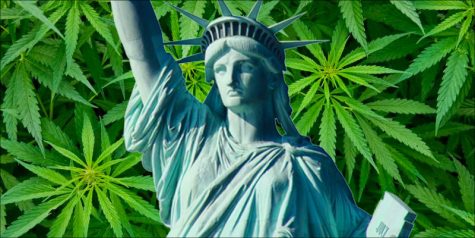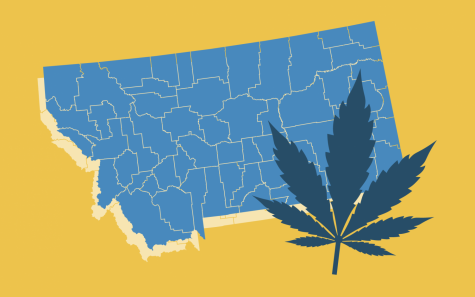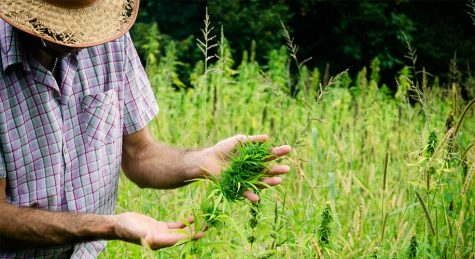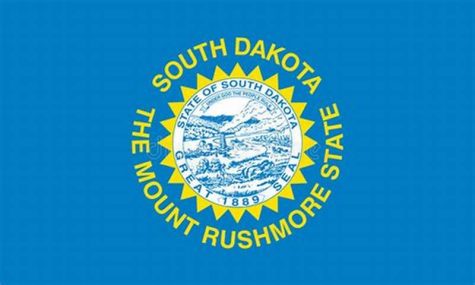Indigenous communities are funnelling funds into Canada’s legal cannabis industry
Under Kahnawake Cannabis Control Law, the age limit is set three years above Quebec’s at 21
A non-binding agreement has been signed by the Mohawk Council of Kahnawake, securing a partnership between the First Nation and major Canadian cannabis producer Canopy Growth Corp.
Based on the details of this Kahnawake cannabis deal, a weed production facility extending across 4,650 square meters of space will be used to cultivate cannabis crop in the tribal nation.
Kahnawake cannabis cultivation facility will benefit tribal communities
Concealed inside the Kahnawake cannabis production facility will be a designated processing and packaging area, of which will take up almost half of the facility’s size.
“We rely almost completely on outside government cash. We need a stable source of income so that we can then give it back to our people,” said the Grand Chief of the Kahnawake cannabis community, Joe Norton.
The chief hopes that this deal with prominent industry player Canopy will broaden health and addiction treatment options throughout the tribal territory, as well as fund better park spaces and a Mohawk language program.
Kahnawake cannabis laws are dissimilar to Quebec’s cannabis legislation, which permits individuals aged 18 years and above to legally buy weed. Under Kahnawake Cannabis Control Law, the age limit is set three years above Quebec’s at 21.
Kahnawake is not the only indigenous community to capitalize on legal cannabis in Canada
If you thought that the news of Kahnawake cannabis was the first time a First Nation has been mentioned in the same sentence as the green plant, you’d be wrong.
A number of First Nations across Canada have been busy preparing for Wednesday’s cannabis legalization. The Great White North’s cannabis law will permit plant production, investments, and partnerships, of which may or may not trigger arguments over jurisdiction or social scuffles.
Five licensed producers and 14 applicants with Indigenous roots dabbled in Canada’s cannabis industry by the end of August last year, according to Health Canada. Notwithstanding, numerous First Nations have taken a leap of faith in Canada’s flourishing weed market and have started collaborating with license-holding cannabis companies, according to Norton.
Let’s take a look at the Individuals communities investing in Canada’s cannabis industry:
- Western Saskatchewan – Thunderchild First Nation invests $8 million in Westleaf Cannabis Inc. The deal includes the procurement of a 10,700-square-meter production facility on council-owned territory. Estimated completion date is next year.
- Alberta’s Fort McMurray #468 First Nation – This tribal territory wants to establish an on-reserve cannabis cultivation facility capable of producing 5,000 kilograms of bud on an annual basis. The deal is a joint venture with RavenQuest BioMedcan.
- Carcross/Tagish First Nation – Chief of this tribal nation, Andy Carville, has ordered his legal team to embark on a “fact-finding mission” pertaining to weed production. Carville believes that by creating local jobs in Canada’s cannabis industry and maintaining a steady stream of revenue, the First Nation territory can “move out from under the government’s thumb.” “We got quite excited looking at how we can take advantage of it,” said Carville, who claims to have been in discussions with a pioneer in Canadian bud production, Aurora Cannabis Inc., as well as various other cultivators and industry investors. A location is still being deliberated.



